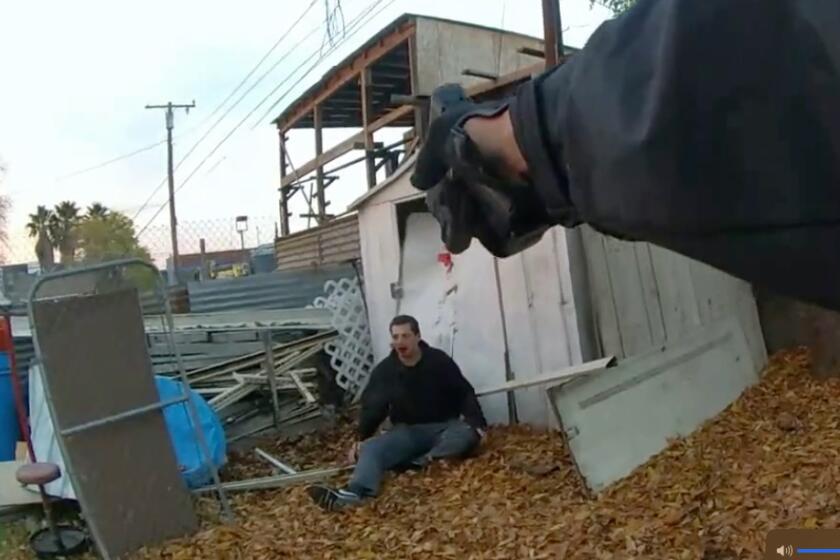Weld defects found in gas pipeline that exploded in San Bruno
- Share via
A series of weld defects has been found in detailed studies of the high-pressure gas pipeline that exploded last year in a San Bruno neighborhood, killing eight and destroying dozens of homes, federal investigators reported Friday.
The spot where the 30-inch line first cracked and failed also has been located, along a seam that ran in the direction of the pipeline. The interim National Transportation Safety Board report does not conclude what caused the 54-year-old transmission line to rupture. That is not expected until after public hearings are held in March and a final report is completed later this year.
Still, the welding irregularities and the location of the initial fracture intensified questions about the adequacy of safety testing and inspection practices employed by the pipeline operator, utility giant Pacific Gas & Electric.
Some of the so-called longitudinal seams — along the length of the pipe — showed defects including a lack of welding material penetration and incomplete weld fusion with the pipe material, among other problems, investigators reported.
“They’re finding a lot of things that don’t quite look right here,” said pipeline safety consultant Richard Kuprewicz.
Location of the failure point on a longitudinal seam also is significant, he said. It is not the sort of problem likely to be detected by the visual inspection and exterior testing — known as direct assessment — previously relied upon by PG&E.
“If you’ve got that risk in your system,” Kuprewicz said, “you’ve got to be using the right [testing] tool, and direct assessment is not the tool.” The better alternative is hydrostatic testing involving highly pressurized water or other liquids, he said. He noted that since the explosion, the NTSB has called for hydrostatic testing on some large, older lines in PG&E’s system.
PG&E President Chris Johns said the utility was “working with all due diligence to incorporate data and recommendations by the NTSB into the various initiatives now under way … to ensure the safety and integrity of our system.” Among other things, pressure has been reduced by 20% in lines of comparable size and age to the San Bruno line, he noted.
Rep. Jackie Speier (D-San Francisco), who represents San Bruno, said the new findings are “devastating.” They show “proper inspection would have identified these welds as being inadequate. PG&E could have gone in and repaired them” and possibly saved lives and prevented dozens of injuries and loss of homes, she added.
“It just draws into question the safety concerns we all have and whether they ever were on the radar screen of PG&E.”
More to Read
Sign up for Essential California
The most important California stories and recommendations in your inbox every morning.
You may occasionally receive promotional content from the Los Angeles Times.









